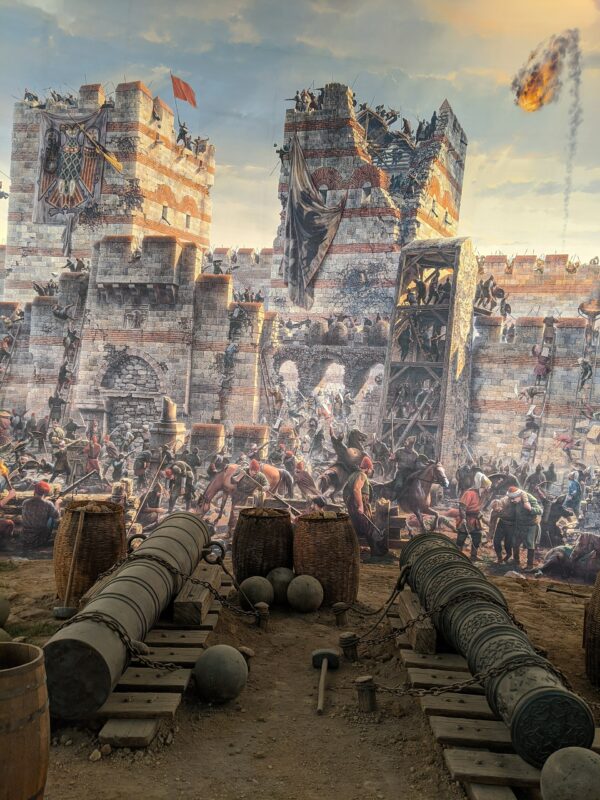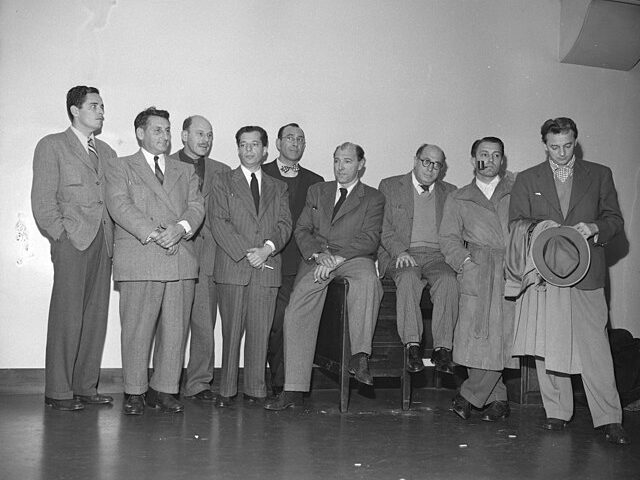When Sultan Mehmed II encamped outside the Theodosian Walls on April 6, 1453, beginning what would become the final siege of Constantinople, few could have anticipated that the confrontation would not merely end a millennium of Byzantine rule, but also inaugurate a new political theology for the Islamic world—one predicated not on tribal conquest or commercial dominion, but on civilizational inheritance. The siege, lasting seven harrowing weeks, culminated in the city’s fall on May 29 and—after centuries of spiritual centrality and political decay—signaled a definitive end to the Roman Empire. What had begun with Augustus in the age of the Principate expired, after a long twilight, under the weight of gunpowder, religious fervor, and demographic momentum. The city would not officially be renamed Istanbul until centuries later, but Mehmed’s symbolic triumph—a re-founding of the imperial capital under the banner of Islam—was clear from the outset.
In strategic terms, Mehmed’s campaign represented a synthesis of technological innovation and ideological ambition. He was only 21, yet his military reforms—particularly his investment in siege artillery—revealed a precocious grasp of early modern warfare. Most notable was the massive bombard, constructed by the Hungarian engineer Orban, capable of firing stone projectiles weighing over half a ton. These cannons, aimed methodically at the Theodosian fortifications that had withstood centuries of Arab, Bulgar, and Latin assaults, marked a new epoch in siegecraft: the medieval city, ringed by walls and guarded by saints, could now be shattered by physics. Sacred geography was suddenly vulnerable to ballistics.
Yet even as iron balls pummeled marble ramparts, the battle was also spiritual. For centuries, Constantinople had been imagined not simply as a city, but as a providential fortress—“the Queen of Cities”—standing as the last bulwark of Christian sovereignty in the East. That it was defended by a vastly outnumbered force under Emperor Constantine XI—who, in tragic symmetry, died sword in hand as his namesake had once wielded the cross as imperial standard—only added to the mythic dimension of the event. Byzantine appeals to the West, embodied in the ill-fated Union of Florence, had foundered on Latin indifference and Orthodox resentment. The Genoese and Venetians offered ships, and a few mercenaries crossed the Bosphorus, but no Christian crusade was mounted. Mehmed, in contrast, enjoyed the loyalty of a multiethnic, disciplined army—Ottoman Turks, Balkan converts, Anatolian veterans—all galvanized by the promise of gaza, or holy war.
What followed the breach—plunder, desecration, massacre—has been rendered alternately as tragedy and divine judgment, depending on the chronicler’s confession. But Mehmed’s actions in the aftermath were calculated, not carnivalesque. He swiftly curtailed looting, protected Christian clerics, and installed the Patriarch of Constantinople as an Ottoman subject—recasting the Orthodox Church as a subordinate but recognized institution within the millet system. This was not merely pragmatism; it was part of a deliberate policy of continuity cloaked in conquest. Mehmed was no mere usurper—he styled himself Kayser-i Rûm, Caesar of Rome, heir not only to the Caliphate but to the Caesars. In this re-imagining, the city did not fall—it was reborn. Henceforth, it would serve not as the navel of Christendom, but as the throne of a new world empire.
The implications of 1453 reverberated far beyond the Bosphorus. To Christian Europe, it was a trauma—a permanent crack in Christendom’s eastern mirror. To Islamic civilization, it was vindication: after centuries of failure before Constantinople’s walls, the prophecy of the Prophet Muhammad—that “Verily, you shall conquer Constantinople; what a wonderful leader is its commander, what a wonderful army is that army”—was at last fulfilled. The fall of the city was thus not a punctuation mark at the end of history, but an ellipsis—an opening into a longer Ottoman age whose zenith still lay ahead. And in that fulcrum year of 1453, the world pivoted—from medieval to modern, from Christendom to empire, from Constantinople to Istanbul.






